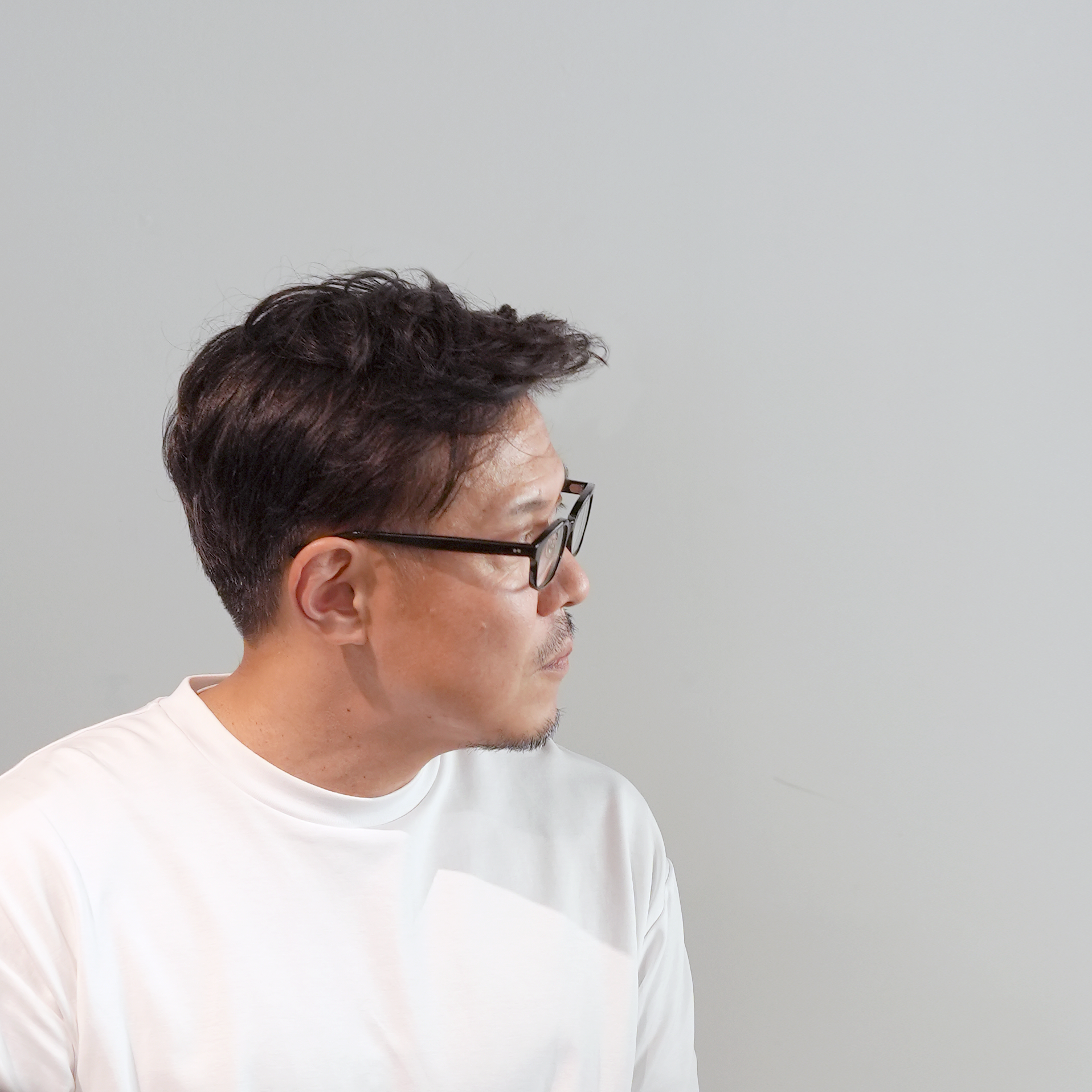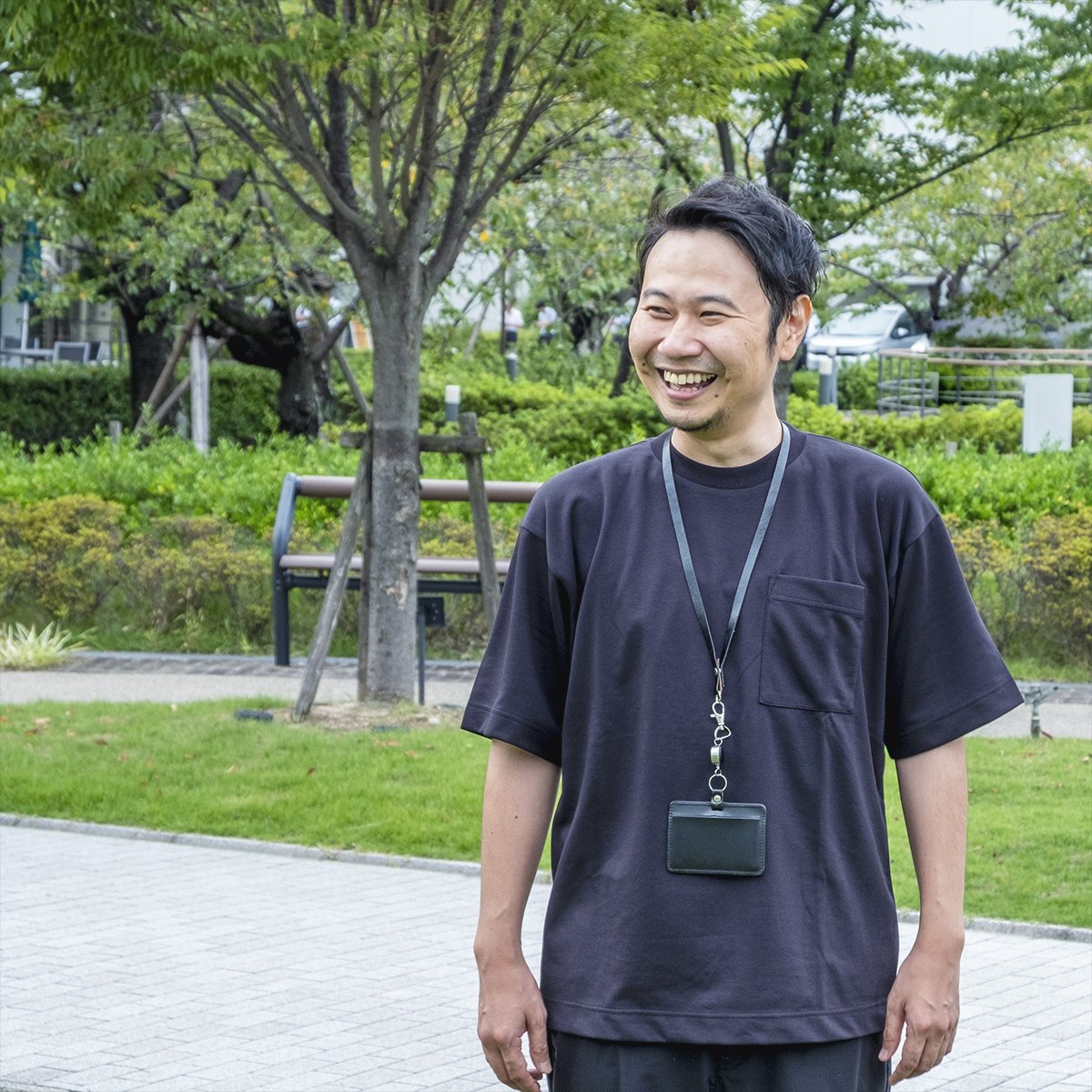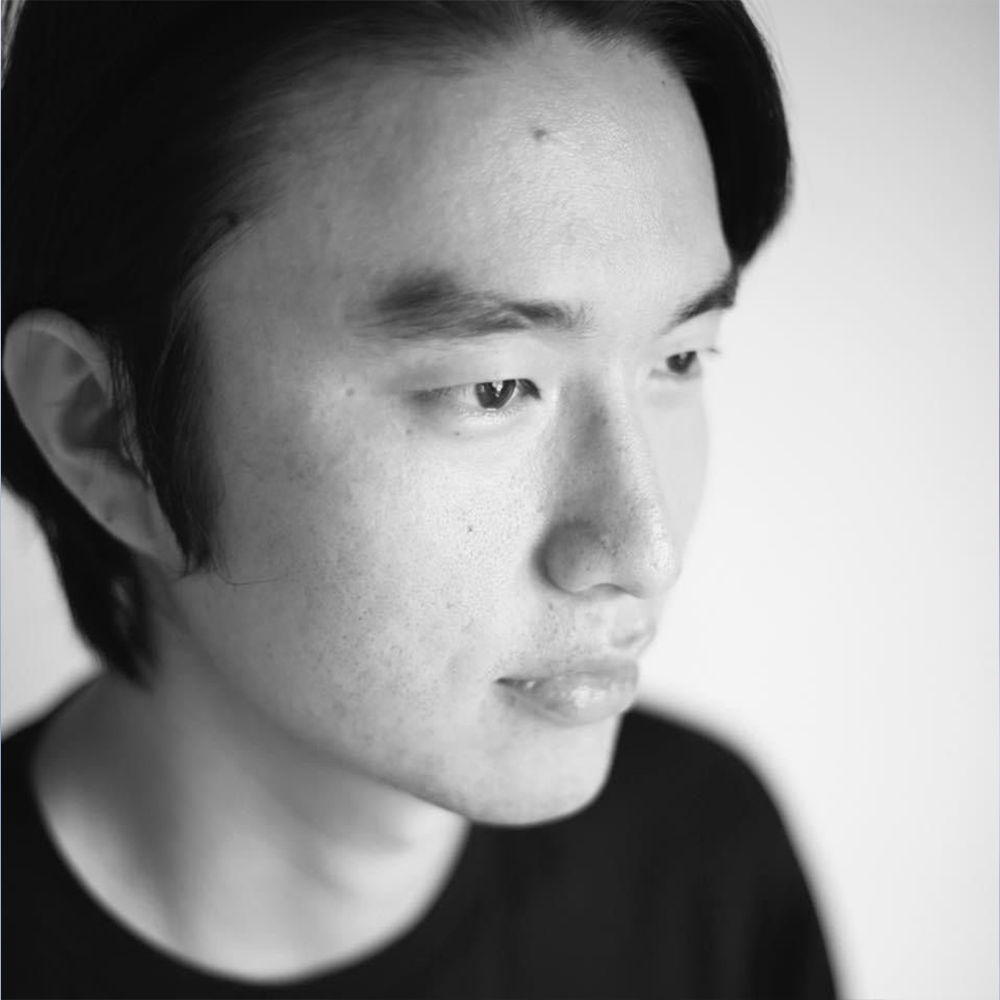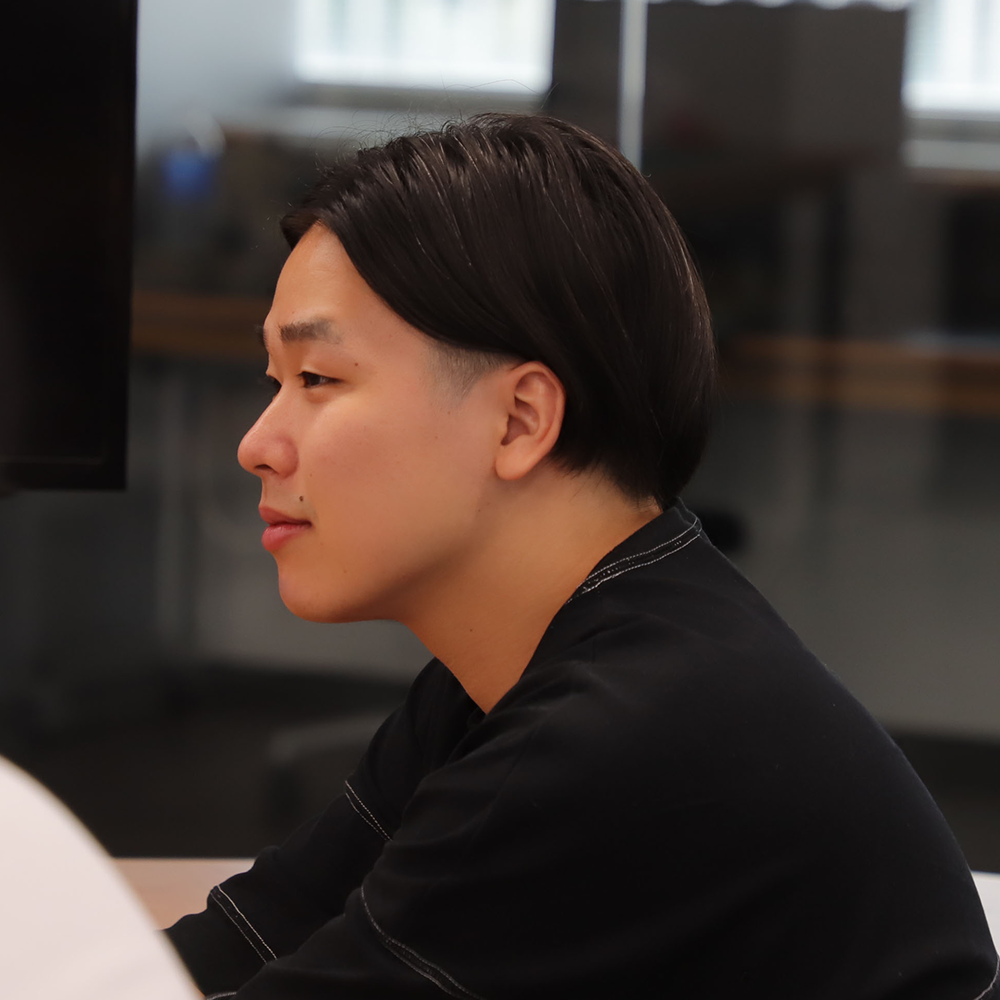[Business Trip Report]
Syn: New Horizons of Physical Sensation2023.12.08
-
Table of Contents:
We attended the exhibition "Syn: A New Horizon of Bodily Sensation by Rhizomatiks × ELEVENPLAY" at Toranomon Hills TOKYO NODE until November 12, 2023, and had a lively discussion among excited members afterward.
*Note: Designers freely shared their interpretations. Spoilers included.
*Note: Photos were allowed to be taken and shared, and we included images taken by our members.
<Quote from the official website>
Syn: New Horizons of Physical Sensation, presented by Rhizomatiks, led by Daito Manabe and Motoi Ishibashi, and ELEVENPLAY, led by MIKIKO, opened TOKYO NODE.
This piece is an installation and a dance performance where participants step into the intricately staged world of the vast TOKYO NODE exhibition space, spanning 45 floors, a maximum ceiling height of 15 meters, and a total area of about 1500 square meters, choosing their own stories to experience. Participants become viewers, participants, and witnesses.
Syn: New Horizons of Physical Sensation
Presented by Rhizomatiks, led by Daito Manabe and Motoi Ishibashi, and ELEVENPLAY, led by MIKIKO, "Syn: New Horizons of Physical Sensation" opened TOKYO NODE.
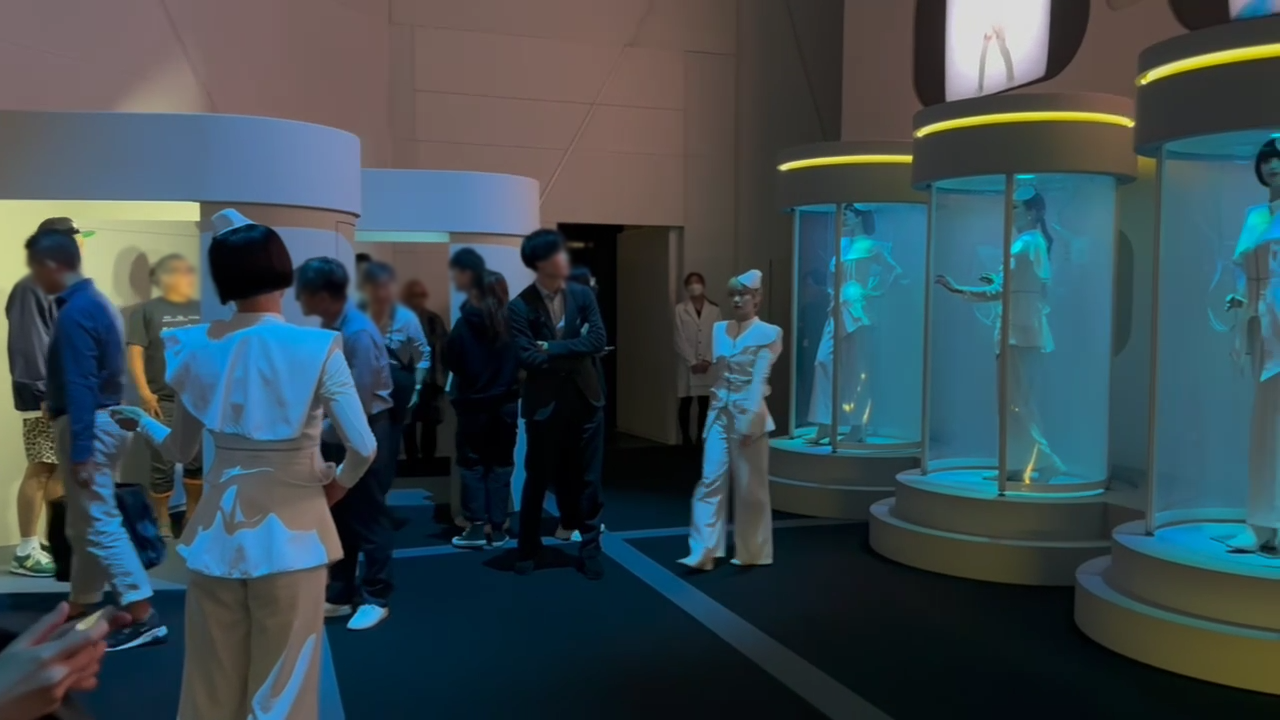
Mechanisms Creating Immersion
Matsumura: The guide at the entrance was actually a dance actor. They guided us with gestures without saying a word, making it unclear where the experience began. It was fascinating right from the entrance.
Ogawa: I also felt the guiding was wonderful. It flowed without breaking the performance, making the transition smooth and interesting.
Yoshioka: The route to the venue inside Toranomon Hills was also beautifully staged. It would have been interesting to see dance actors in the elevator, making the transition from everyday life to the performance seamless.
Matsumura: The feeling of getting lost while taking multiple elevators and passing through narrow corridors was immersive.
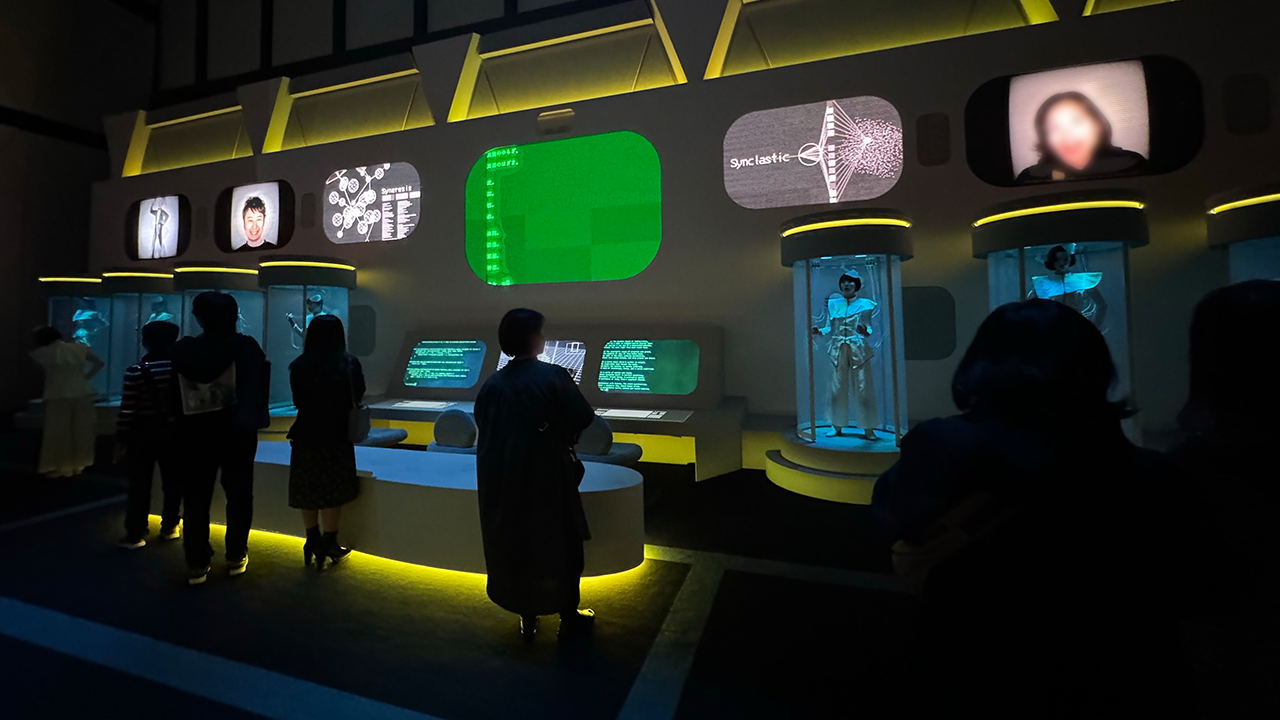
Tension Generated by People
Matsumura: The first room was a laboratory with a blue and white color scheme. We were guided to sit on a white platform opposite the dance actors. As the performance progressed, the dance actors climbed onto that platform, turning it into a stage. At first, I felt separated from the performers, but then I realized that there wasnʼt any place where you could comfortably sit and watch. That unease became the switch for immersion, and I found myself drawn in deeply.
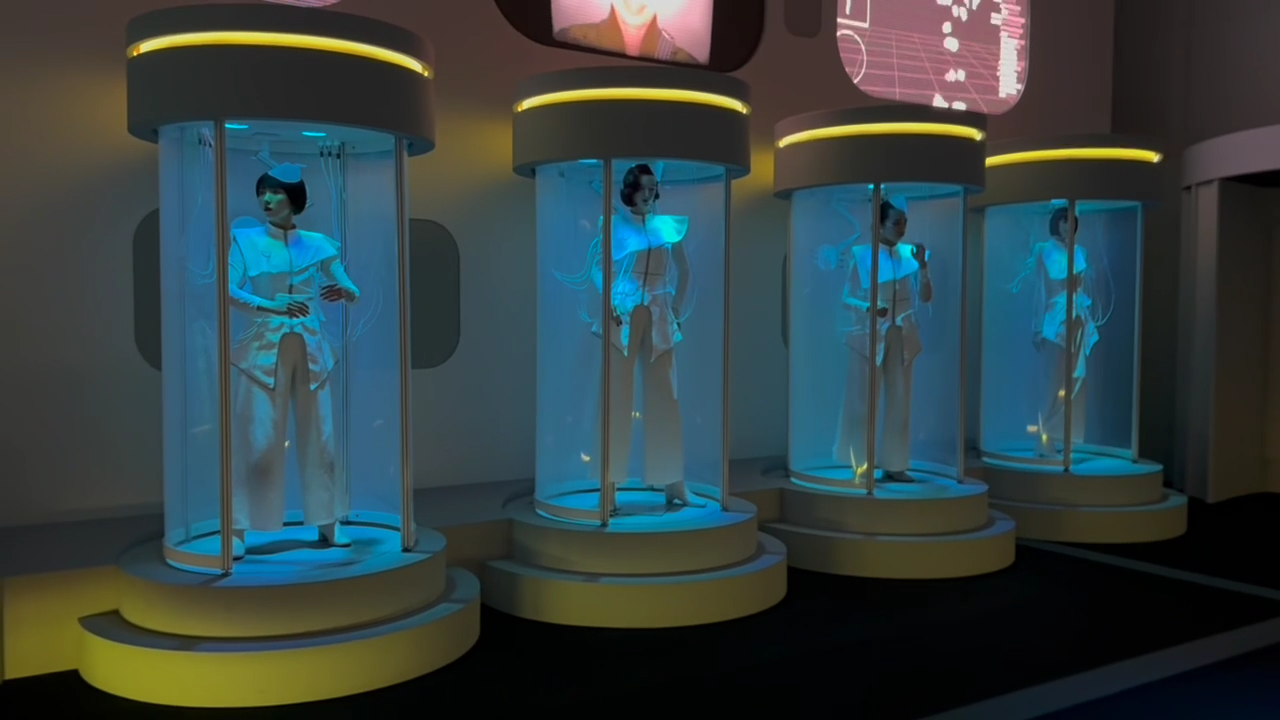
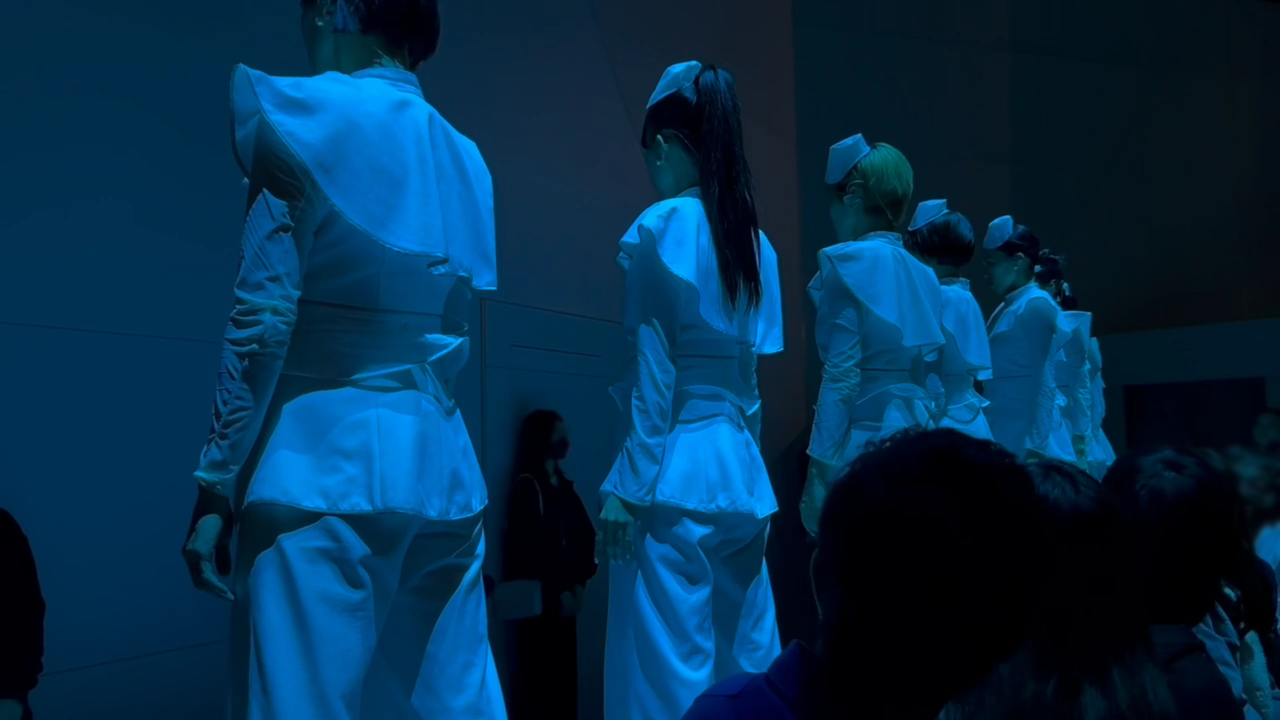
Yoshioka: Itʼs really fun how the boundary between the stage and the seating becomes blurred as the performance progresses. It feels like youʼre watching from within the stage apparatus or even standing on the stage itself. Thereʼs no "backstage," so to speak. As we began collaborating with the dance actors, I noticed that instead of the equipment reacting to touch or visuals, people themselves became the interface, intervening in the artwork more and more.
Ogawa: In one part of the performance, the performers used handheld lights, like flashlights, to enhance the scene. I thought it was great that the lights werenʼt fixed but handheld. They could move them instantly to match the dance actors or use them for guidance and direction.
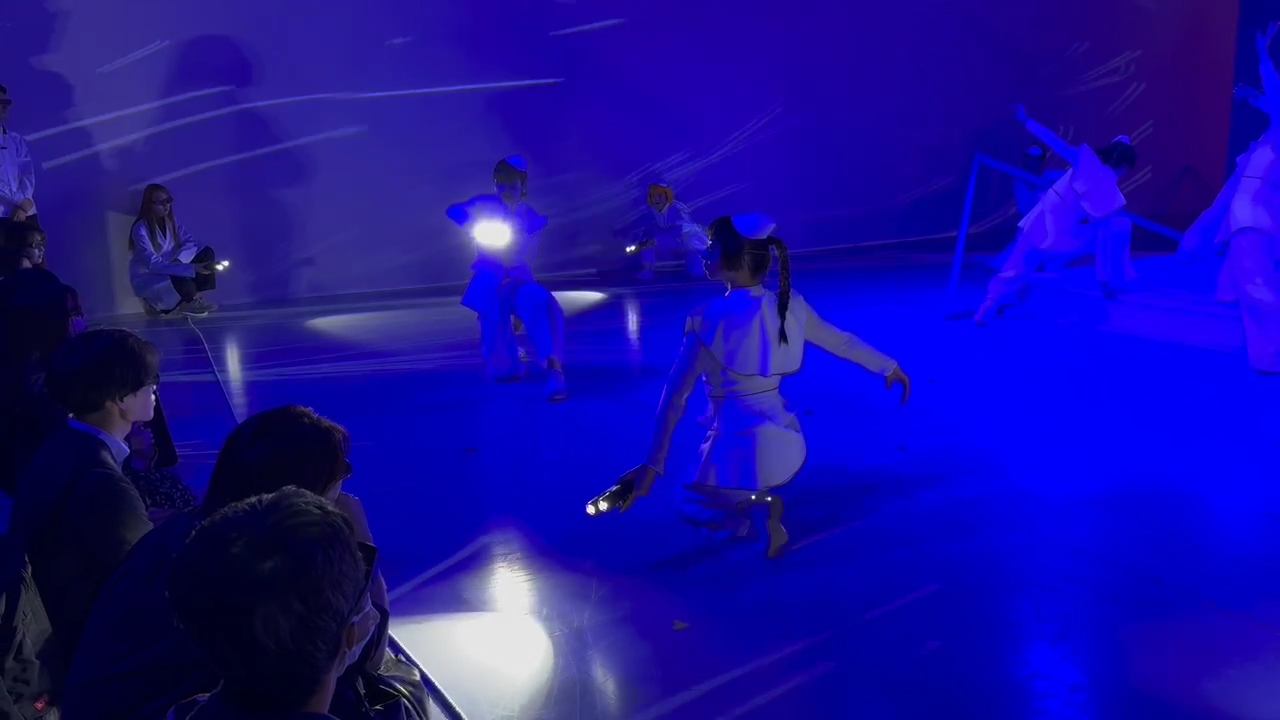
Yoshioka: Rhizomatiks placed the performance devices, and while responding interactively in real-time, the dance actors skillfully adjusted their timing and positioning. It felt like everything was coming together seamlessly.
Ishikawa: Watching a performance being created right in front of you, knowing itʼs something that canʼt be replicated, was thrilling.
Yoshioka: In terms of one-off experiences, Rhizomatiksʼ extensive experience with events like the Rio Olympics closing ceremony and the NHK Kōhaku Uta Gassen stage shows probably enables them to pull this off. Itʼs possible that the performance slightly changes each time as they adapt on the fly.
Ishikawa: With a fully digital work, you often feel a sense of separation from it, which can be reassuring in a way. But with something like this, where people are creating it live right in front of you, itʼs constantly tense. The performers come close, and youʼre worried you might get in the way. Thereʼs this thrilling sense that you could potentially interfere, and that feeling of being on edge is tied to the excitement of watching it.
Matsumura: It really stirs your emotions. You start with confusion, unsure of where to watch from. The one-off nature adds to the tension, and the constant expectation of what will happen next keeps you in a state of excitement, where youʼre always having fun.

Symbiosis of Reality and Illusion
Matsumura: In the next room, we watched while wearing 3D glasses, and I was personally blown away. The performers were illuminated with handheld lights, but these lights had two lenses. By shifting the lightʼs phase vertically and horizontally, when viewed through the 3D glasses, the shadows cast appeared three-dimensional. Shadows rose between the performers, creating a visual experience where you couldnʼt tell if it was a dream or reality. The shadowsʼ dance intertwined three-dimensionally with the performersʼ movements, blending with the sound to create a unified whole. It was a strange and fascinating experience. Itʼs something thatʼs hard to convey unless youʼre there to witness it. I was amazed to discover this kind of use for 3D glasses.

Expression of Time Axis: Dissolution of Dimensions
Ogawa: When we entered the second room, at first I thought it was a small stage, but then the back wall started to move, and the room kept expanding. It wasnʼt until the end that I realized it was a very long, narrow space.
Matsumura: There was an intention to have two groups of the audience in the same space simultaneously, right? The audience moves forward as they watch the performance, and about 20 minutes after entering, the next group comes in. You donʼt notice at first, but then the moving walls separate the space into two, and performances happen on both sides, slightly staggered in time.
Yoshioka: If the front represents the present and the back represents the future, the people who entered 20 minutes before are in the future. We, who just entered, are in the present, but at one point, a small window opens. At that moment, I thought for a second, "Is that a mirror?" But in reality, there were people on the other side. Even the wall scanning video rewound, didnʼt it? The space was divided along a timeline, and when we moved back from the future to the past, the video was rewinding as well. I found it interesting how the movement and direction of the performance conveyed a sense of time, and how there was a moment where the two groups almost crossed paths.

Kajita: Besides the window opening, there was another moment where we got a glimpse of the future. When we heard a sound behind us, we turned around, and a performer from the next room was peeking out from under the curtain with just their upper body. That was a part of the previous groupʼs stage that spilled over into our space. When I moved into that "future," I realized that the other side must have been visible from there. That glimpse into the future felt shocking, like a moment of seeing something impossible. In reality, you can never see the future, but it felt like I had, and that was startling.
Matsumura: At first, you donʼt notice it. You just feel a sense of unease and think itʼs part of the performance. But when you watch the second half, you realize youʼd been glimpsing the future. The fact that they donʼt explain it and let you figure it out on your own makes the story more immersive and impactful.
Kajita: The time delay was a big part of that. You donʼt realize it at the moment, but when the pieces come together after a while, it hits you even harder.
Matsumura: It felt like stepping into a well-crafted movie. I also sensed an overall theme of "melting" throughout. The timeline of present and future, the spaces between "here" and "there," the real and the virtual--every dimension felt like it was melting together, and experiencing that was really exciting.
Yoshioka: The stage and the audience, the future and the past, space and time, reality and illusion--all melting together.
Balance in Media Art
Yoshioka: It wasnʼt like those overly complex forms of media art, but it also wasnʼt just about creating visually appealing scenes either. I felt it struck a really great balance. It wasnʼt something only people deeply knowledgeable about high culture would understand.
Matsumura: When you go to see contemporary art or exhibitions, there are often many difficult pieces. While I admire the idea that "only those who understand will get it," it sometimes leaves viewers with an incomplete experience. Syn was clearly designed with entertainment in mind. Itʼs something that everyone can understand and enjoy, but if you focus solely on that, it can become easily consumed, something common and forgettable. I think thereʼs always that tug-of-war, but I was deeply moved by how beautifully this found balance.
Representation of Growth
Yoshioka: The yellow line in the main graphicʼs title this time looks like a wall, and it seems to represent a world where the digital and the real are syncing together. Thereʼs something in the middle that looks like tree roots. What is that?
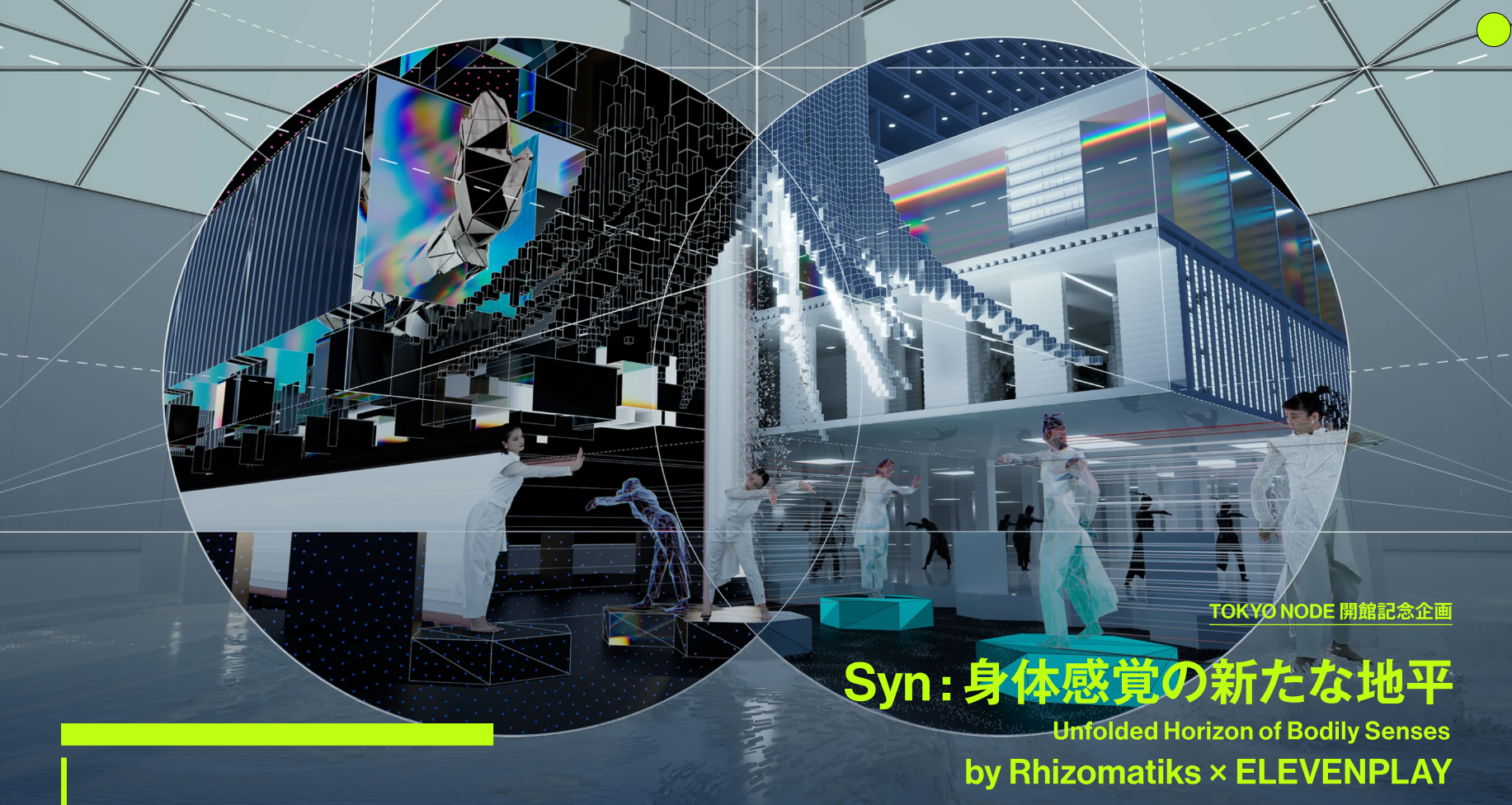
Kajita: It does indeed look like tree roots. Maybe it symbolizes growth?
Looking back at the video, you can see how the performersʼ dance evolves. In the first room, it had a more static feel, but it gradually became more emotional. The movements transitioned from mechanical to more human-like. Itʼs as if a newborn android, still incomplete in its learning, starts off awkward, but as the story progresses, it learns more, and its movements become smoother. By the end, it moves with the fluid, acrobatic grace of a professional dancer. That could represent growth or evolution.
Yoshioka: Thatʼs fascinating. Iʼve got goosebumps right now!
Yoshioka: If the dance actors were actual androids, this wouldnʼt work, right? Itʼs because a living human is portraying an android that this evolution can be expressed. Itʼs a form of expression unique to our current time.
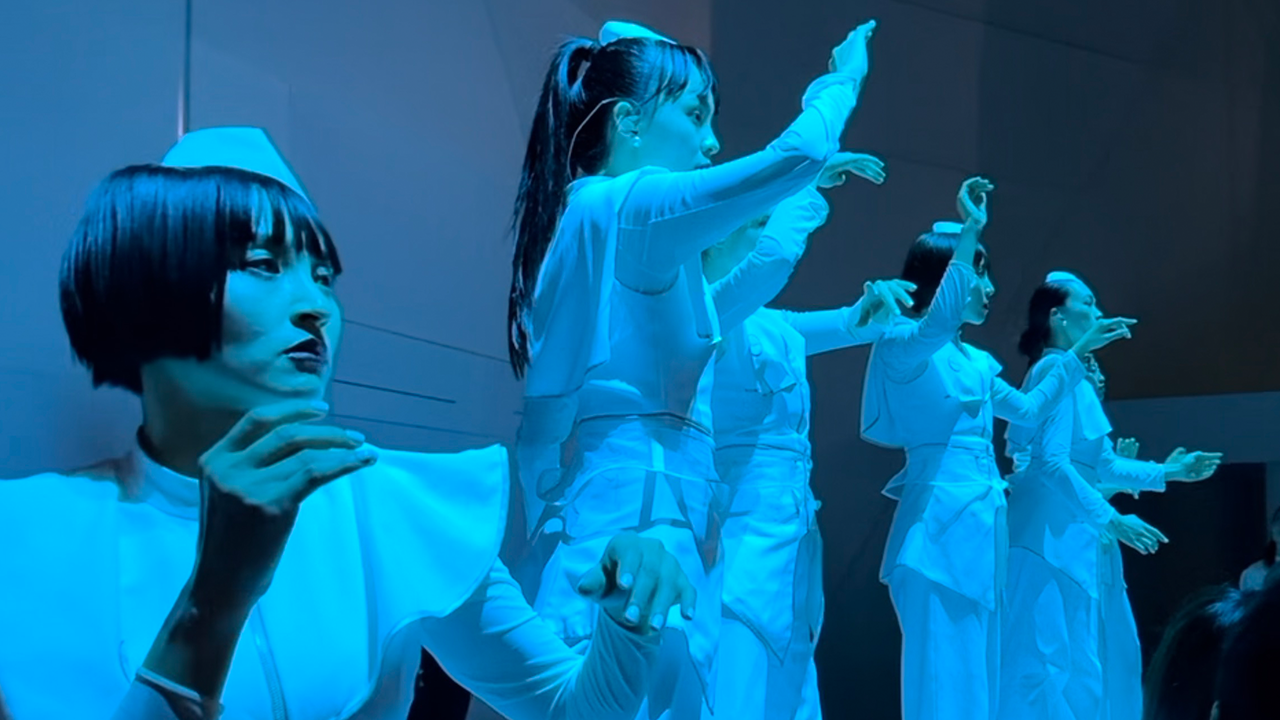
Expressions Unique to Japan
Kajita: Given that it was in Tokyo, quite a few people from overseas attended my session, and I felt a sense of pride. Like, "This is something Japan can create!" Even though I didnʼt make it myself (laughs).
The way technology and art were combined felt very Japanese. I was mainly focused on the dancersʼ faces, and their expressions were incredible. They portrayed an emotionless, awkward, puppet-like figure so carefully. That, along with how they conveyed the world when you first stepped into the room, felt very much like Japanese culture. When you think of Japan, thereʼs the traditional atmosphere represented by Kyoto or Nara, and this performance felt like another example of whatʼs uniquely Japanese, which made me proud.
Matsumura: It reminds me of the Japanese concept of mitate, like in a tea room. The white box and the simple design of the space, yet filled with layers of meaning as the performers move, feels very Japanese. If it were in Las Vegas, theyʼd probably create something massive, with lots of obvious movements scattered throughout, but here, they donʼt do that.
Kajita: The way the space is divided into narrow, confined sections also feels very Japanese. Instead of using a massive hall that fits tens of thousands of people, the audience is divided into smaller groups, and that also expresses a kind of Japanese style, even if it wasnʼt intentional. It might just be a natural result of Japanese thinking.
Ogawa: That large triangle, which resembled a bridge when crossing over the wall, also made me think of that.
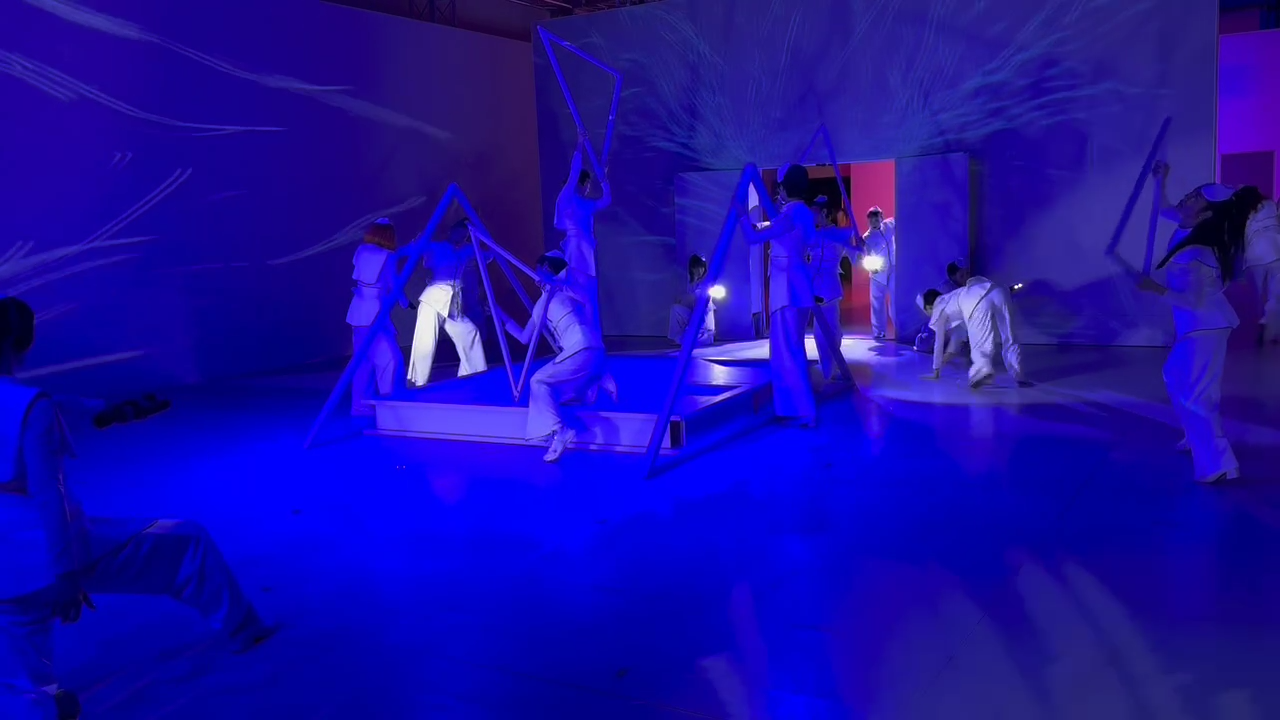
Matsumura: The concept of crossing a bridge, like going between this world and the next, gives a similar feeling. The idea of something thatʼs mobile and built on-site also feels very Japanese to me, like the Shikinen Sengu ritual at Ise Shrine. As art director Kenya Hara said, thereʼs a Japanese way of thinking where if you mark off space with a rope, it becomes a sacred area. The idea of creating something in an empty space and then having it disappear again reflects a Japanese aesthetic and a sense of the divine.
Kajita: At temples, too, there are often places youʼre not supposed to enter, marked by a simple stone boundary. Itʼs true that thereʼs something about this that feels similar to visiting Ise Shrine, like walking through the torii gate, crossing the bridge, and passing by the Isuzu River.
Yoshioka: And the fact that they did this exhibition on the 54th floor is incredible. In a way, itʼs not really site-specific. As long as you have this setup, these performers, and the right space, it could be done anywhere. They didnʼt even open the windows.
Kajita: I really hope they export this!
Yoshioka: I think they will. Iʼd love to see it again with this group!
Other ActivitiesAll Activities
WorksAll Works

